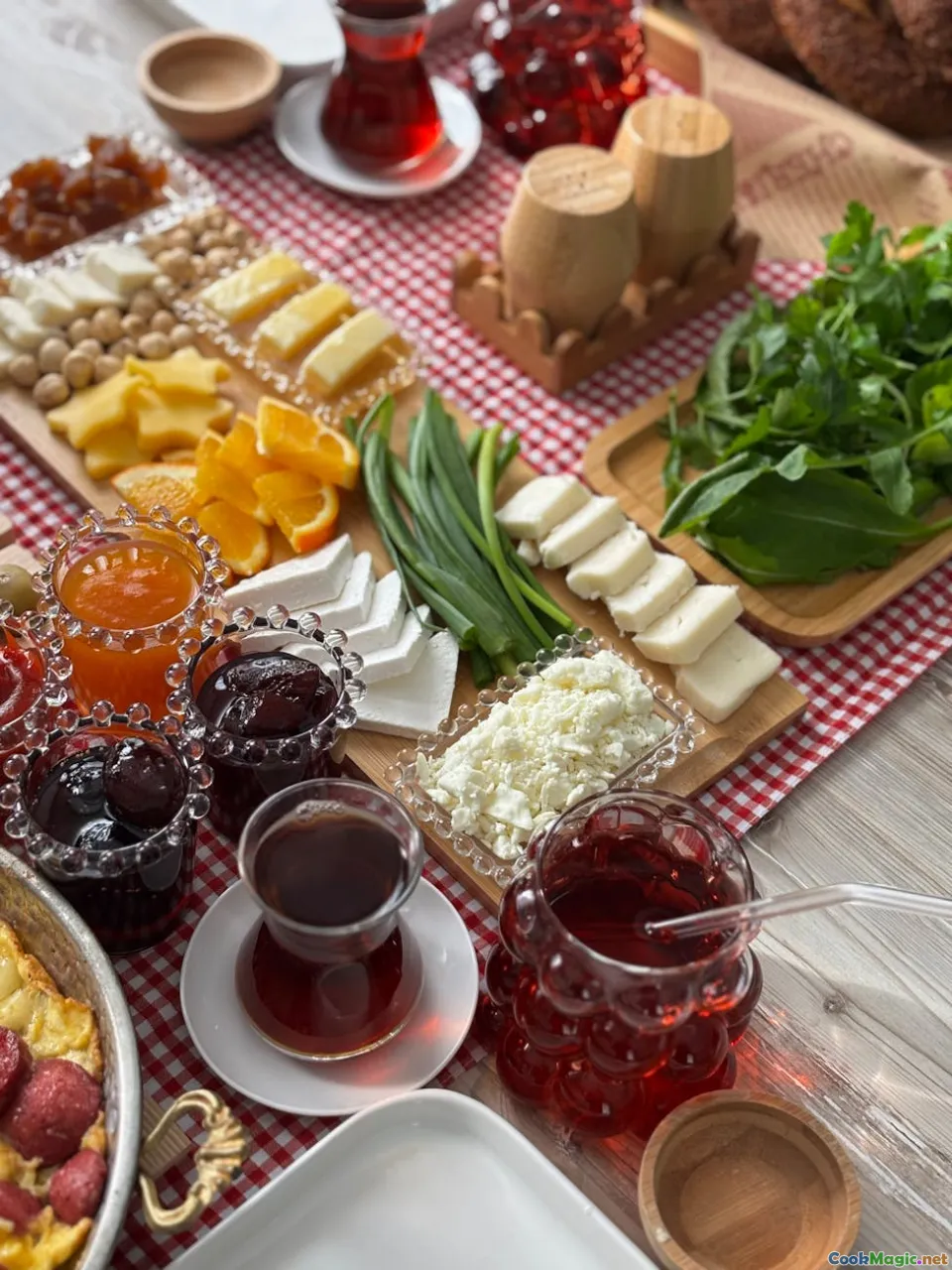Legacy of Armenian Apricot Preserves
7 min read Discover the rich history, cultural significance, and sensory delights of Armenian apricot preserves—a timeless symbol of Armenian culinary heritage. May 01, 2025 20:00
Legacy of Armenian Apricot Preserves
Imagine a warm summer morning in the Armenian highlands, where the air is thick with the sweet, intoxicating aroma of ripe apricots ripening under the sun. This sensory memory encapsulates the essence of a centuries-old tradition—Armenian apricot preserves, a jewel of the nation's culinary heritage. These preserves are more than just a sweet spread; they are a living testament to Armenia’s rich history, culture, and the enduring artistry of its people.
The Cultural and Historical Significance of Apricots in Armenia
Armenia, often called the 'Land of the Mountains,' has a storied history intertwined with the apricot tree (Prunus armeniaca). In fact, Armenia is widely regarded as the birthplace of the apricot, which has become a national symbol. Archaeological findings suggest that apricots have been cultivated in the region for over 3,000 years, serving both as a vital part of the diet and a cultural icon.
Throughout history, apricots have appeared in Armenian poetry, art, and folklore, symbolizing fertility, prosperity, and the resilience of the Armenian spirit. The fruit’s vibrant orange hue mirrors the fiery sunsets over Mount Ararat, reinforcing its deep roots in Armenian identity.
The Art of Making Armenian Apricot Preserves
Harvesting at Peak Ripeness
The journey of creating authentic Armenian apricot preserves begins with the harvest. Local farmers meticulously select the ripest, sweetest apricots—often handpicked at dawn when the fruit is bursting with flavor. The apricots are tender yet firm, their skin a luminous shade of orange tinged with red blush.
Traditional Techniques
Once harvested, the apricots are washed gently and pitted carefully to preserve their shape and texture. The pits, often discarded, are sometimes used to add a subtle almond flavor—an aromatic note that elevates the preserves.
The fruit is then cooked slowly over low heat with a minimal amount of sugar, allowing the natural sugars to caramelize slightly and deepen the flavor. Many Armenian households still use copper pots or traditional clay vessels, which distribute heat evenly, ensuring the preserves develop a rich, glossy consistency.
The Sensory Experience
The process fills the kitchen with a symphony of scents—fragrant apricots, warm caramelized sugar, and a hint of almond from the pits. The texture is thick yet tender, with chunks of fruit suspended in a sticky, shiny syrup that glistens in the sunlight.
Preserving the Legacy
Once cooked, the preserves are poured into sterilized jars, often decorated with intricate Armenian patterns or simple cloth covers tied with colorful ribbons. These jars are then stored in cool, dark places, awaiting their role in family gatherings or festive occasions.
The Cultural Role of Apricot Preserves in Armenian Society
Family and Community Traditions
In Armenian culture, making apricot preserves is more than a culinary activity; it’s an act of love and continuity. Mothers and grandmothers pass down their secret recipes and techniques, preserving family histories through generations. The process often involves communal efforts—neighbors exchanging jars, sharing stories over simmering pots, and celebrating the harvest season.
Festivals and Celebrations
The apricot harvest coincides with several Armenian festivals, where jars of homemade preserves are exchanged as tokens of goodwill. These preserves adorn tables during Christmas, New Year, and Easter, symbolizing abundance and hope.
Culinary Uses
Beyond simple spreads, Armenian apricot preserves are integral to many traditional dishes. They are layered into pastries like baklava, served alongside cheeses, or used as a glaze for roasted meats. Their sweet, tangy flavor complements the complex spices characteristic of Armenian cuisine.
Personal Reflections and Stories
Growing up in Armenia, I remember the early mornings spent in my grandmother’s garden, plucking ripe apricots and watching her skillfully prepare preserves. The kitchen would fill with the aroma of simmering fruit and sugar, a scent that today remains inseparable from my childhood memories.
One particular jar, sealed with a vibrant red ribbon, was a family treasure. Each spoonful was a taste of history, a connection to ancestors who cherished the same fruit. Sharing this preserve with friends abroad became a way to introduce them to Armenia’s soul—a tangible link to a rich cultural tapestry.
The Enduring Legacy and Contemporary Appreciation
Today, Armenian apricot preserves continue to thrive, both in traditional households and modern artisanal kitchens. Artisans experiment with organic varieties, infusing the preserves with local spices or herbs, while preserving the core essence of the fruit.
Global appreciation for Armenian cuisine has grown, bringing renewed interest in these time-honored preserves. Chefs worldwide incorporate Armenian apricot preserves into gourmet dishes, elevating their status from humble condiment to culinary art.
Conclusion: A Symbol of Resilience and Heritage
The legacy of Armenian apricot preserves is a testament to the resilience, artistry, and cultural pride of the Armenian people. Each jar encapsulates centuries of history, familial love, and a profound connection to the land. As you savor the sweet, tangy notes of these preserves, remember that you are tasting a piece of Armenia’s soul—a tradition that has endured through centuries and continues to delight generations.
Whether enjoyed with bread, incorporated into a dish, or gifted to a loved one, Armenian apricot preserves are more than a delicacy—they are a living story of a nation’s enduring spirit and timeless flavors.









